Page - Batti
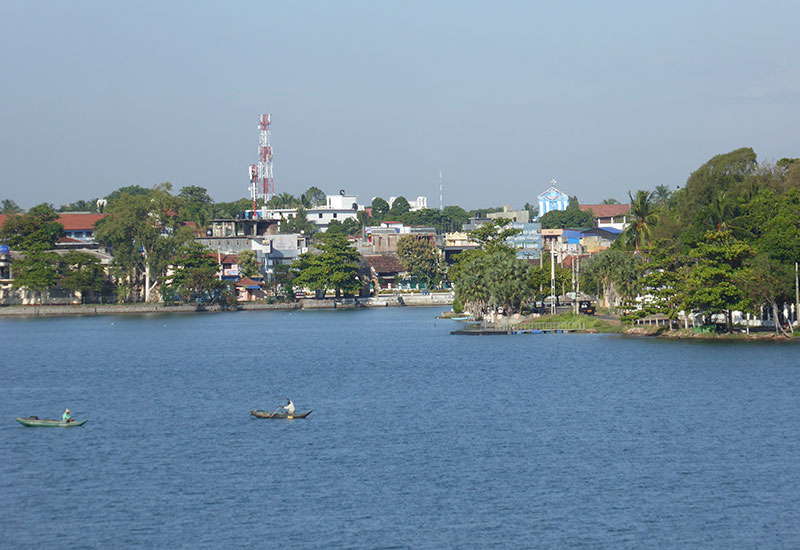
Batticaloa
Surrounded by Lagoons and sandy beaches, the historic town of Batticaloa is one of the Sri Lanka’s hidden jewels, fondly referred as Batti for short, this town is located in Sri Lanka’s Eastern Province. A place of Mystique and spectacular Beauty characterized by history, nature and culture Batti has a lot to offer. With so much to see and do it is practically impossible to fully explore Batti in a day. Thus, you will need a couple of days or more to fully enjoy what Batti has to offer.
Riviera Resort invites you to use this map to design your perfect visit and to discover why our guests choose “to stay longer.” View Tourist Map
Batticaloa Dutch Fort
To get a better understanding of Batti’s rich history be sure to explore the Dutch Fort built in 1628 by the Portuguese. The fort was taken over by the Dutch ten years after its construction, hence its name. Presently this historic fort houses the District Secretariat. It is open to tourists all year around. Make sure you walk on the ramparts to enjoy the breath-taking views of the lagoon, its surroundings and some strategically placed cannons.
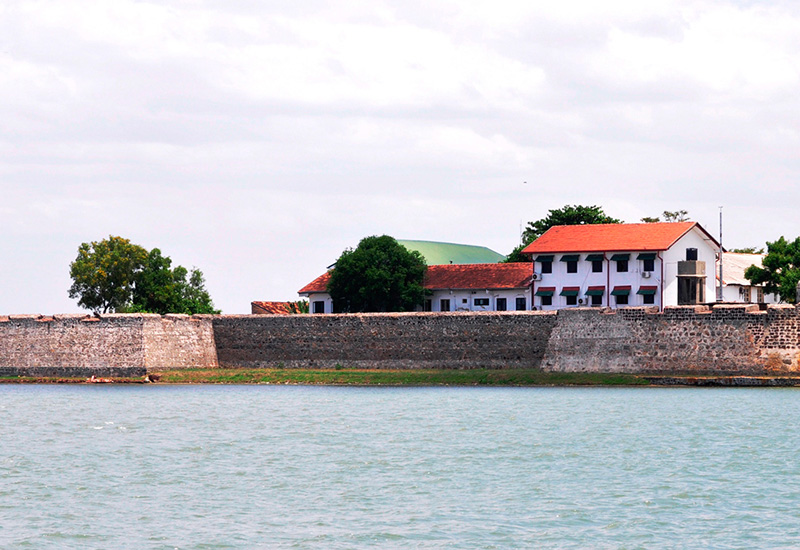
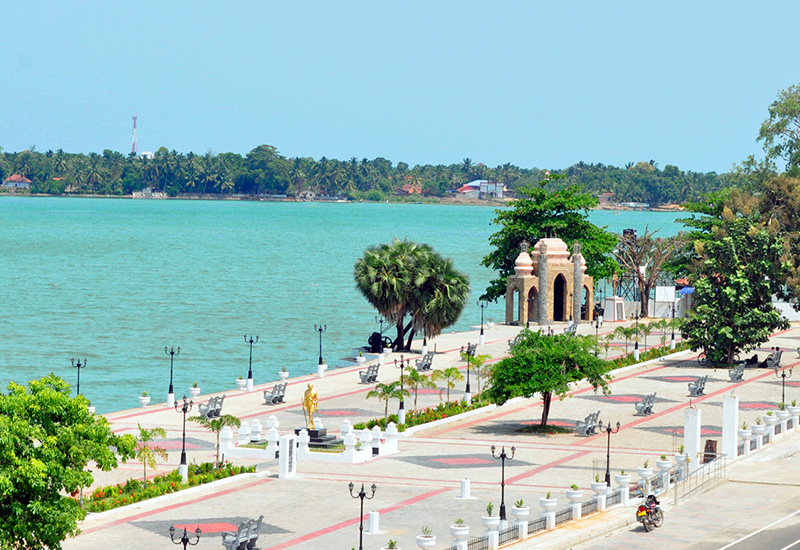
Parks in Batticaloa
Batti has many parks ideal for all age groups. Ghandi Park is home to “Batticaloa Gate” which marks where Rev. William Ault landed in 1813. You can also see the crane used by the British to unload goods from small boats when it was used as a port. The newly landscaped Fort Park is a great place for children to play and see & meet the locals enjoying their evenings. You will see small parks and public seating areas all along the lagoon. You can stop at any of these spots to relax and enjoy the view or sunset as you explore Batti on your biking trails.
Batticaloa Public Market
Every day the market is bustling with activities from morning to early afternoon. Especially on Sunday’s you will see lot of locals doing their weekly shopping for fresh vegetables, fish and meat. You will be able to see local and regional produce sold to the public. The market has evolved from a simple temporary line of sheds in the early 80s to the present two story complex with designated areas for each type of produce.
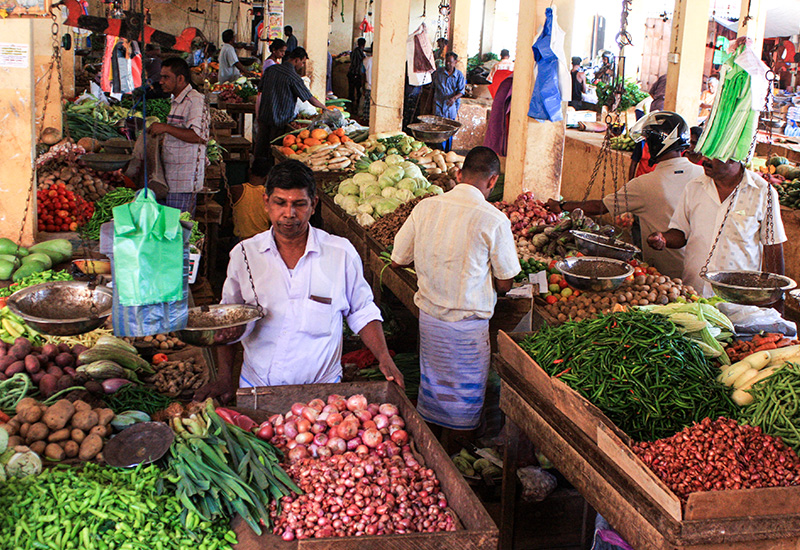
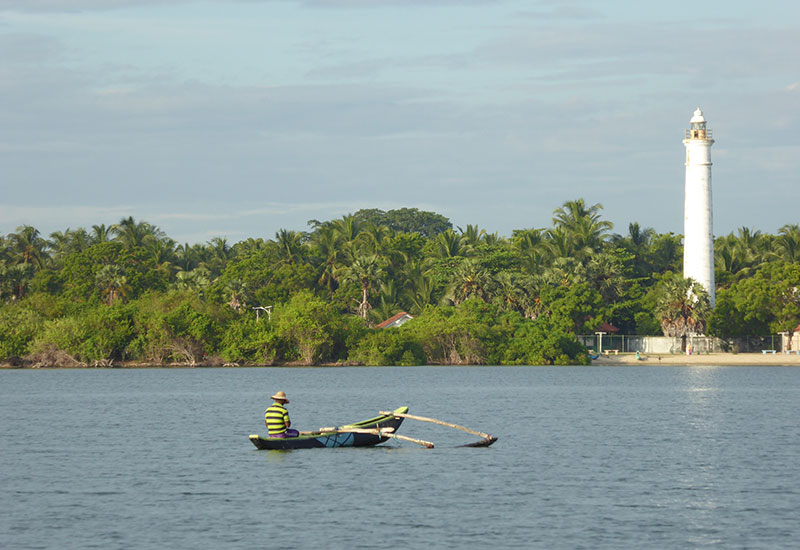
Batticaloa Lighthouse
Standing 28 metres in height, Batticaloa lighthouse was built in 1913. The location marks the entry point into the lagoon from the sea. This lighthouse still serves the local fishermen to guide their boats into the lagoon for unloading their catch and safe docking from rough seas. You can also visit “Batticaloa Lagoon Environmental Learning Centre” which explains the lagoon’s ecosystem by simple artwork and a few exhibits. By crossing the narrow strip of water you will enter into Eco Park where you can climb the viewing tower to observe the estuary, birds and breath-taking view where the lagoon meets the sea.
Batticaloa Beaches
Batticaloa shoreline is famous for its long sandy beaches. Kallady Beach is the local’s favourite where a lot of the town dwellers come to enjoy their evenings. The bike route along the costal line will take you from Kallady to Navalady beach where the lagoon meets the sea. Being on the east coast, an early morning visit to see the sunrise can be priceless. Strolling along the beach you can witness the many fishing related activities that take place. Within no time your hands will be full of seashells you collected along the way.
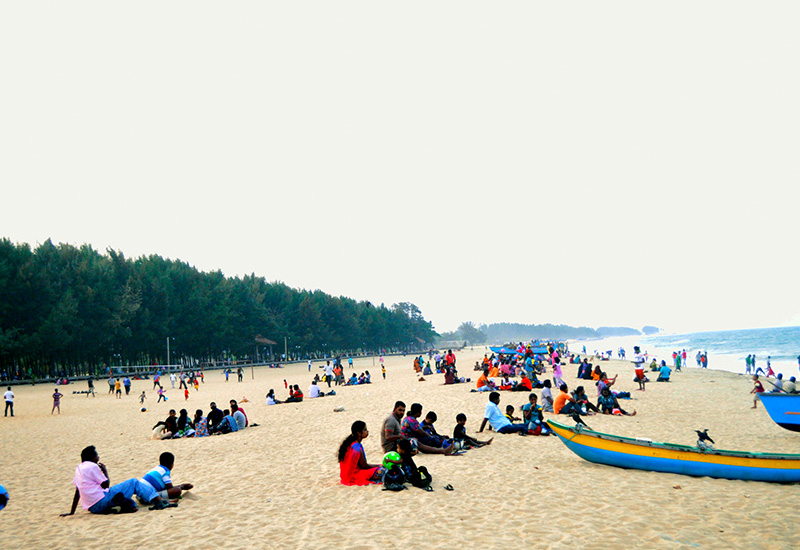
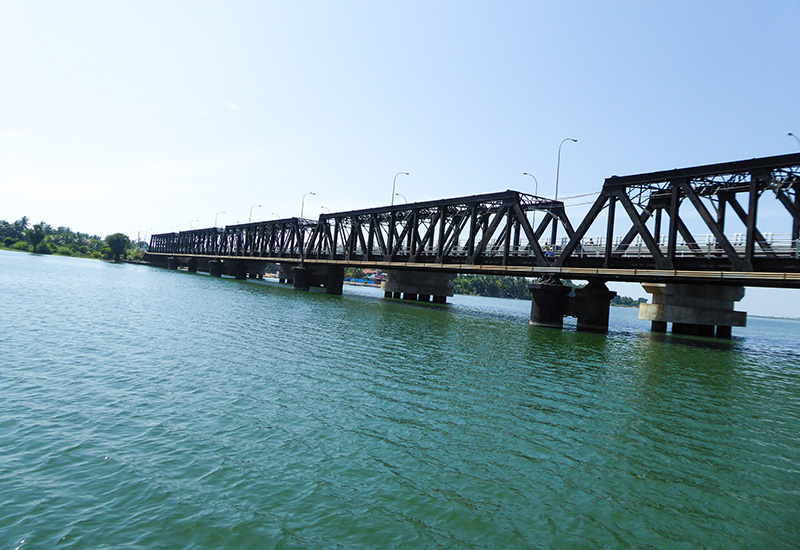
Old Kallady Bridge
The bridge was built in 1924 during British colonial rule. It is the oldest and longest iron bridge in Sri Lanka. The bridge was officially named Lady Manning Bridge but locally known as Kallady Bridge. This is the only bridge that connects the two land masses separated by the Batticaloa lagoon. After the new bridge was opened in 2013 this majestic structure has become a recreational spot for locals. Still you will see pedestrians and cyclists using this bridge to cross the lagoon in a very leisurely manner. After the reduced traffic it has become an ideal spot for angling, scenic viewing of the lagoon and its traditional fishing activities. At the west side of the bridge you can visit the church which is built in a shape of a whale.
Boxing Day Tsunami
The 26th Dec 2004 tsunami took a heavy toll on Batticaloa district which destroyed a lot of buildings and claimed more than 3000 lives. Even though Batticaloa has recovered from this natural disaster the coastal line is dotted with its destruction, monuments and memorials built as a sign of respect for the lives lost.

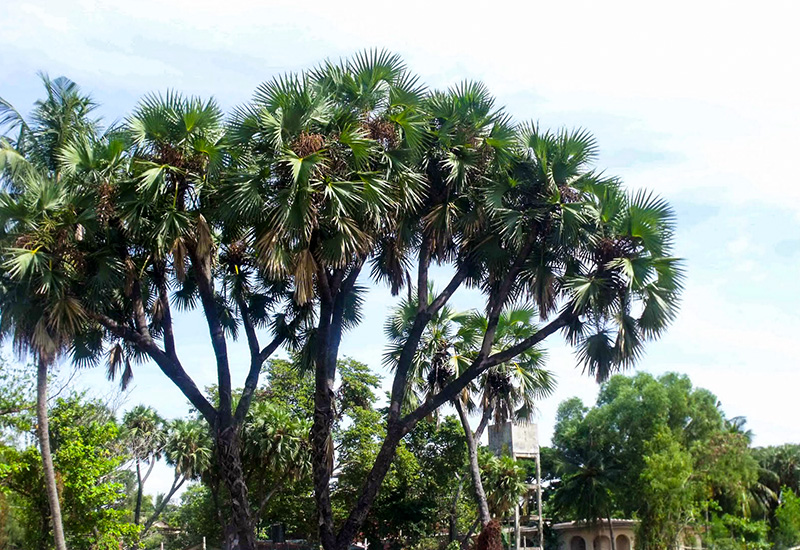
Branched Palmyra Tree
A rare variety of Palmyra tree is found in Batticaloa town in clusters here and there and around the Weber stadium on the way to the Fort where the Kachcheri is located. Also it is found in two places near the Vallipuram Vishnu Temple, in Point Pedro, Jaffna. This Palmyra tree (Scientific Name: Hyphaenu thebaica) is believed to have its origin from a foreign country. It is said that it might have been introduced by the Dutch or the British, most probably by the Christian Missionaries during the early period of the British Rule. It gives an enchanting view to the eye and could also serve as a tourist attraction. It is mostly an exotic plant.
Although this tree is a palm, it has the peculiar habit of branching. Its trunk is like a Palmyra tree. From the trunk two branches appear and each branch divides in to two ultimately ending up with fourteen branches, apart from the main trunk.
The tree reaches a height of 20 feet. It is believed that it takes 15-20 years for all the fourteen branches to appear if secured from the damage of cattle and goat initially for about five to seven years of its growth and watered at regular interval.
